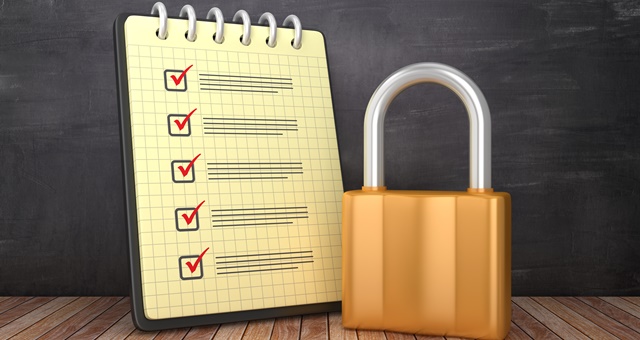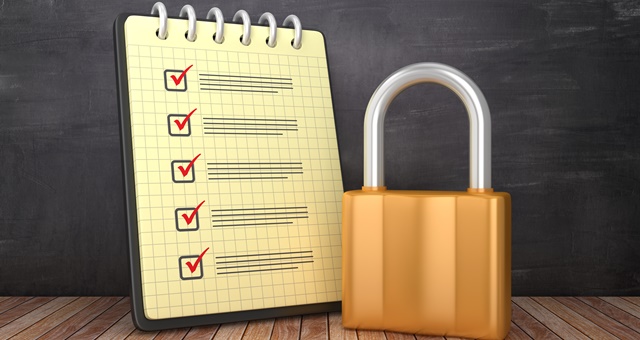
By Vani van Nielen, Larina Maira Laube, Eliana Levine, Mingze Li, Zhaoyu Zhu, Paloma Guerra and Alex Sogno.
During the COVID-19 crisis, many hotels will, unfortunately, have to stop their operations and close their hotels temporarily. This can be out of necessity if your forecasts suggest the losses experienced at these low occupancy levels are not sustainable. While closing down several floors could have saved enough variable costs in the past, the introduction of systems such as LED lights has made these savings minimal and insufficient in the current crisis.
In many European countries, such as the Czech Republic and Spain, all hotels have been ordered to close by their governments. While companies like Marriott and IHG have already reopened over half of the hotels they previously closed in Greater China, we expect a larger amount of hotel closures in the US over the next few weeks.
We’ve put together a brief checklist for every hotelier faced with the difficult decision of a hotel closure:
1. Review your current Hotel Management, Operating, Loan, or Lease Agreements to make any necessary adjustments
Identify any key provisions that can be affected, paying close attention to ‘force majeure’ or ‘materially changed circumstances’ clauses in all the agreements listed. Check your current liquidity to ensure it can satisfy any immediate needs, such as taxes and payroll. You should forecast your yearly P&L and cash flow statements using several scenarios with varying re-opening dates. Once these documents are ready, it is important you update your investors and lenders on what your capital needs could be. This shows that you are proactive, aware of contract clauses and debt covenants and that measures are taken accordingly.
Many banks are practicing goodwill – see whether you can benefit from delaying your loan repayments, debt moratoria, overdrafts and other lines of credit. When making new contracts, reflect on how to communicate regarding the virus, considering that it would no longer be an unexpected event.
2. Review your current HR needs and any necessary terminations
Pay attention to employees’ current benefits, payment addresses, and severance options if the termination is deemed necessary. Ensure you check and comply with your local governments’
unemployment policies, and see whether there are any schemes available to support those laid off. We also suggest you consider alternative working arrangements for your employees; while
corporate and admin personnel can work from home, there are still ways you can re-deploy and improve your on-property operational staff.
Identify any essential tasks that cannot be performed remotely and search for ways with the affected staff to find solutions.

3. Contact all suppliers and modify or terminate your order to suit your current operating needs
While variable costs should be cut immediately, we advise you to attempt to limit your fixed costs and explore the possibility of negotiating credit terms or payment reductions. It is best to delay all
payments to the re-opening when there are cash inflows once more. Your Head of Purchasing should engage in open, ongoing conversations with suppliers and ensure their on-boarding for the re-opening. Review the possibility of buyback programs to reduce your current inventory.
Some hotels and restaurants, most notably Walt Disney World, received publicity and praise for donating their excess food inventory to local food banks1. Of course, ensure you check your governments’ relevant hospitality food surplus redistribution guidelines when considering.
4. Consider your current tenants
Communication is key with any retail, F&B or other leased outlets before and during the closure. Address any payment issues they might have and be forthcoming. We suggest, for instance, that
you can let them pay 50% of the rent and that the rest can be paid monthly until the end of the year. You don’t want to lose any good tenants, and it is important to show goodwill, especially when
expecting goodwill from your own investors or lenders. Inform them well in advance of the reopening.
5. Contact any pending reservations during the forecasted period of closure
Reach out to the guests and inform them of your reasoning. It is best to be as flexible as possible with booking deposits and returning them as per the booker’s request, while still encouraging guests to change the booking to an indefinite date to keep some cash flow. Ensure your own website has a clear message of the hotel’s temporary closure when entering the booking engine and inform your OTA channel representatives as well.

6. Evaluate available insurance claims, which may continue to evolve based on government intervention
The most relevant policies include Business Interruption, Contingent Business Interruption and Civil Authority coverage. Insurance coverage varies amongst operators, and it is good to speak
with other owners. It is crucial to check the fine print of your Business Continuity Insurance and consider decreasing your monthly payments during the closure as there are no guests in-house.
Ensure you establish whether the hotel must be occupied at all times for insurance coverage. If yes, you will have to schedule a few employees or security personnel to constantly be on the property.
7. Remain informed of all government orders and Business Relief programs, and apply if applicable
Monitor regulations on a daily basis, and keep a note of the decree on accommodations providers and their effective dates. Many European countries, including the UK, have either postponed the
deadline or will waive penalties for late VAT returns.

8. Operational procedures
When cleaning all areas of your hotel, refer to your government’s guidance for disinfection and cleaning in non-healthcare public facilities against COVID-194. It is recommended to continue
cleaning the hotel a minimum of once a week during walkthroughs while it is closed. Digital checklists for hotel closures, maintenance, cleaning and more are being released on various apps,
such as ALICE and the Whispr app offered for Beekeeper clients. Examples of actions to take are as follows:
-
Empty and disinfect all trash bins
-
Deep clean all areas and surfaces
-
Clean, disinfect, and remove all display items or furniture
-
Set the thermostats to ~20 °C
-
Set all exterior and lobby lighting on timers
-
Remove all food from the fridge so it can be cleaned and turned off
-
Sanitize and completely cover all kitchenware, glassware, cutlery, and dinnerware
-
Place all meeting rooms furniture into storage
-
Unplug guest laundry machines and turn off water access
-
Unplug all guestroom lighting and equipment
-
Remove decorative bedding
-
Remove, disinfect and store all guest bathroom amenities
-
Flush toilets regularly
-
Lock all guestrooms and secure all access
-
Shut down pool equipment and cover, but keep safety equipment in place
-
Display hotel closure signs throughout the property
-
Most hotels are delaying their regular renovations to mitigate financial impacts but you may look into small upkeep tasks such as repainting.
This article was provided by Global Asset Solutions and republished with permission. To read the source version, including source references, please CLICK HERE.

